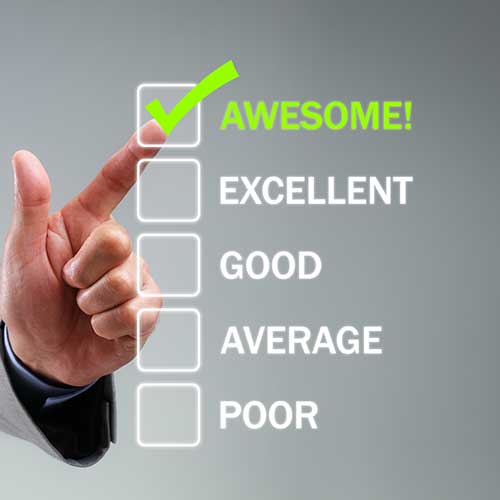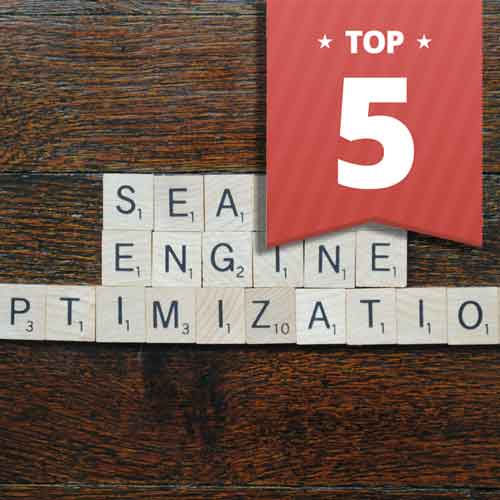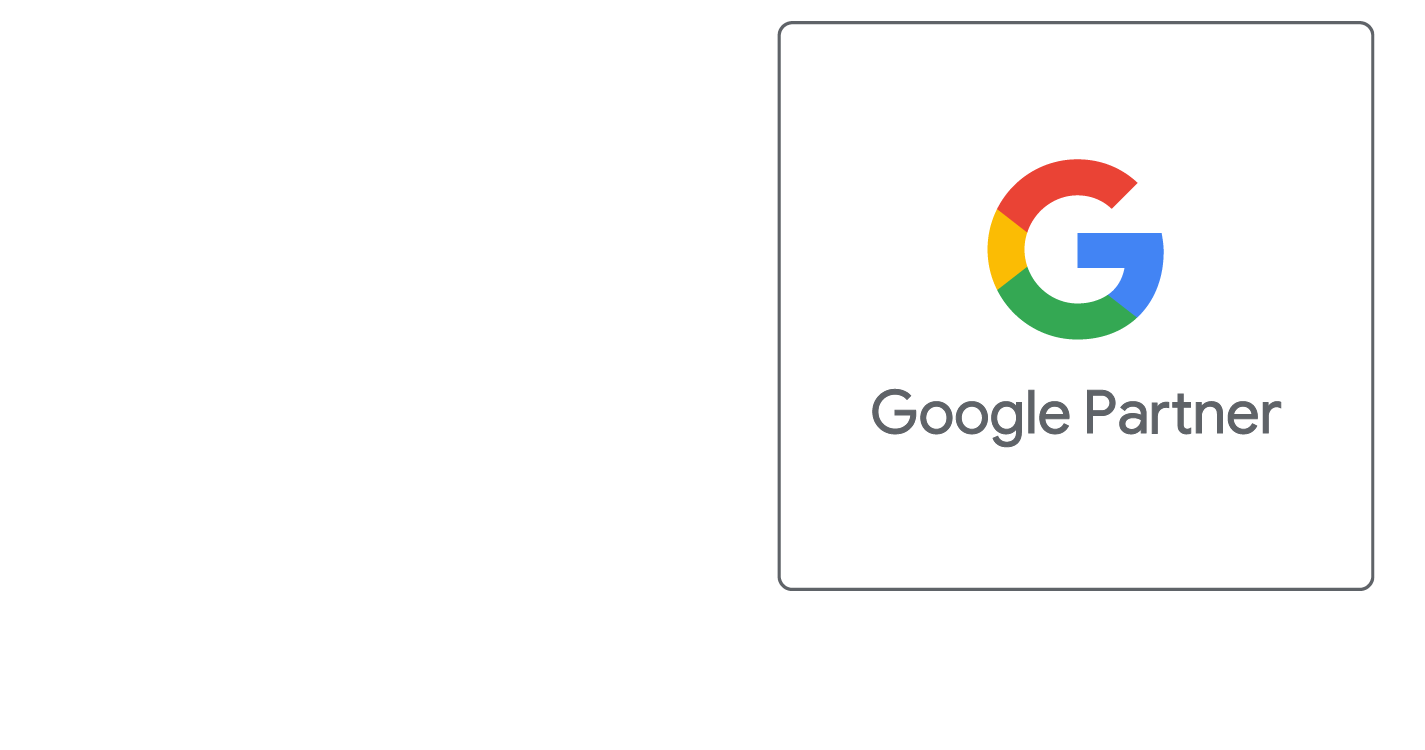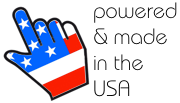Search Engine Optimization (SEO) is an ongoing process that offers endless opportunities to improve a website's search ranking and online presence.
To ensure that your website provides optimal value to your business, employees, and consumers, it is crucial to regularly review its goals and objectives.
For new and growing businesses, website reviews should occur at least every few months. Well-established companies should conduct reviews at least once a year, taking into account changing requirements and technologies.
The most successful sites are often reviewed monthly, but never less than quarterly or semi-annually.
Similar to how a term paper or proposal undergoes minor revisions with each review, a website also reveals areas that need improvement every time it is inspected.
When conducting a review, it is important to seek input from front-line employees and customers. Take note of areas where improvements can be implemented, such as:
- customer & employee usage,
- ease of understanding,
- overall navigation structure,
- proper keywords & phrases,
- content usage,
- and CTA's (calls to action).
An optimized site that focuses on consumer needs, convenience, and usability, will naturally achieve better success in search results compared to sites that fail to optimize or manage online usability.
The following checklist covers some of the most basic yet important areas of website usability and search engine optimization:
- Clean Code
- Keyword Usage & Content
- Regularly Updated Content
- Consumer Usability & Mobile-Friendly Design
- Cross-Browser Compatibility
- Social Media & External Links
- Resource Library
- Proper Tag Usage
Clean Code is the Foundation of SEO
Clean code is the first step and the foundation for effective search engine optimization. Search engines prioritize clean website code for three important reasons:
- Clean code ensures a stable foundation for proper search engine optimization.
- Properly coded websites are easier for browsers to read, understand, load, and display accurately.
- Clean code increases the likelihood of a website running without errors on various browsers.
Websites that are optimized solely for one browser, such as Microsoft Edge, may receive lower rankings in searches compared to sites optimized for any browser, including Firefox, Safari, Google Chrome, and others.
Clean code also helps improve a website's keyword ratio in relation to code. The higher the keyword ratio, the better the ranking. Additionally, using less code to achieve the same task while remaining cross-browser compatible is beneficial.
Template programs often utilize extraneous code, which can lower a site's ranking and keyword ratio compared to what an expert programmer, or well developed CMS (Content Management System) may accomplish in a single line of code.
Keyword Usage & Content are Key
Website content is THE MOST IMPORTANT factor in any optimization or conversion project. Using descriptive and relevant keywords and phrases related to your industry significantly impacts SEO.
The right keywords and related phrases should be incorporated throughout your website content to achieve success. Search engines aim to provide their users with accurate and relevant results.
For example:
if your website aims to rank first for the keyword phrase:
"custom italian made clothing"
the individual keywords (custom, Italian, clothing) and related phrases (apparel, shirts, dresses, pants, shoes, belts, cotton, buttons, hand-stitched, men, women, etc.) must appear throughout your content.
PLEASE NOTE: It is important to avoid "black hat tricks" such as keyword stuffing, as this can lead to penalties and a lower ranking.
Instead, use keywords and phrases naturally, envisioning how you would describe your product or service to a customer over the phone. Be detailed and avoid nondescript words.
Regularly Updated Content is Essential
The age of your website's content is another crucial factor for successful ranking in search results.
Keeping your website up-to-date by regularly adding new, relevant, and fresh content is imperative for optimization and customer usability.
Search engines prioritize recent and relevant content in their rankings. Outdated or stale content may indicate to search engines that your website is no longer relevant or active.
Consumer Usability & Mobile-Friendly Design
Focusing on consumer convenience and usability is vital for developing a successfully optimized website.
- Google considers mobile-friendliness as a main factor in search results.
- A successful website welcomes users with:
- easy to understand navigation,
- clear & complimentary graphics,
- and well-organized information,
- convenient and easy for users to find the information they need,
- securely checkout,
- and request additional information.
Your website should function properly on any device, whether it's a desktop, laptop, tablet, or smartphone. Users should not have to go through special hoops or download special software to use your website. Broken links or files that fail to load properly should be avoided.
Cross-Platform Compatibility is Key
Search engines prioritize cross-platform compatibility when ranking websites. Your website should be accessible on various platforms, including desktops, laptops, tablets, smartphones, and other devices.
While some rare industry needs may require different websites for different platforms, ideally, your website should be developed to responsively adapt and display on any platform. This is known as Responsive Web Design (RWD).
Users often get frustrated when redirected to a limited version of a website on their smartphones. Platform-specific web development can hinder usability for consumers.
Google has mandated responsive design since 2016 and penalizes sites that are not responsive on all platforms.
Social Media & External Links
Social media and external links play a crucial role in website optimization. Ensure that your website has relevant links coming from and going to appropriate social media sites and valid online directories.
Participating in social media not only enhances customer usability and support but also improves search engine ranking.
Social media serves as word-of-mouth advertising and can result in increased consumer conversion, better customer satisfaction, higher client retention, stronger brand loyalty, and the potential for posts to go viral.
Search engines rank websites with numerous quality-incoming links from external sites higher than those without. However, be cautious of spam directories and irrelevant social sites that do not add value.
Utilize a Resource Library
A resource library can be a powerful tool for providing relevant information and content, improving customer usability and SEO. Your resource library can include:
- weekly articles
- industry tips
- frequently asked questions (FAQ's)
- testimonials
- case studies or project galleries
- video libraries
- help sections
- and more
By adding relevant resources, your website's content becomes an authority on the topic, potentially leading to higher rankings for related search topics.
Proper Tag Usage
The proper use of HEADING, TITLE, and ALT tags, as well as ANCHOR TEXT, is crucial for SEO:
HEADING tags help search engines determine the main objective of content and its importance in relation to other headings and information on the page:
- Headers use the
Htag 1-6 to signify the importance of the heading related to the page's content. - Semantic use of
HEADINGtags helps optimize the content for both readers and search engines. HEADINGtags should utilize the most important related keywords to the topic discussed.HEADINGtags should be descriptive, yet concise.
TITLE tags describe where a link will take the visitor and what content to expect:
TITLEtags should be descriptive & relevant keywords.- Avoid nondescript words such as "it" or "that".
- Search engines prefer
TITLEtags be a brief description or phrase. - Let the user know what will be found at the other end of the link.
- Detailed descriptions reduce ambiguity, unwanted surprises, and improve user expectations.
ALT tags describe images to visually impaired users and should include relevant keywords and phrases:
ALTtags are important as most search engines cannot see, nor recognize the subject of an image like a human can (although this is quickly changing as computers become smarter; such as Google's Lens technology that is in development.)ALTtags are used to describe an image to the visually impaired.- All site images need an
ALTtag accurately describing the image with relevant keywords & phrases.
ANCHOR TEXTis the visible text used in a link and should accurately describe the information found on the other end of the link:
ANCHOR TEXTis important as search engines use this as an indicator of what should be expected after clicking the link.- The text used for a hyperlink should relate to the information found on the other end of the link.
- Choose keywords that accurately describe this information.
- Avoid using non-descript words or phrases like "click here" when possible.
Regularly Review & Improve
Regularly reviewing opportunities for improvement is essential for success. By continuously covering the basics and seeking possible improvements and usability enhancements, you can improve your website's potential for success, ranking in search results, and ultimately increase sales and profits.
Even if your website already receives top rankings, regular reviews help maintain that position in search results. There is no special magic to achieving top rankings; it requires ongoing effort and a commitment to improvement.
Take the time to conduct an annual website SEO checkup and prioritize the areas that need improvement. By regularly reviewing and updating your website, you can stay ahead of changing requirements and technologies, ensuring that your site remains competitive in search rankings.
Remember to involve front-line employees and customers in the review process. Their input can provide valuable insights into areas that need improvement, such as customer and employee usage, ease of understanding, navigation structure, keyword usage, content quality, and calls to action. By incorporating their feedback, you can make meaningful improvements that enhance the overall user experience.
Summing It Up
An annual website SEO checkup is crucial for maintaining and improving your online presence. By focusing on clean code, keyword usage, regularly updated content, consumer usability, cross-platform compatibility, social media and external links, resource libraries, and proper tag usage, you can optimize your website for search engines and enhance the user experience. Stay proactive in reviewing and improving your website to achieve better rankings, increase sales, and drive business success.













